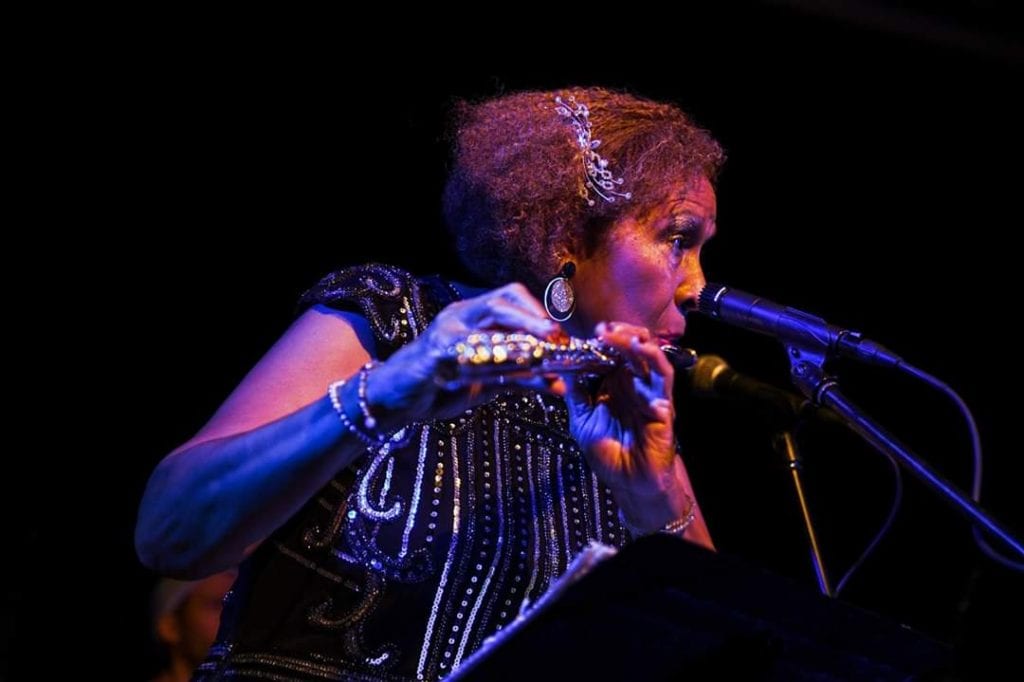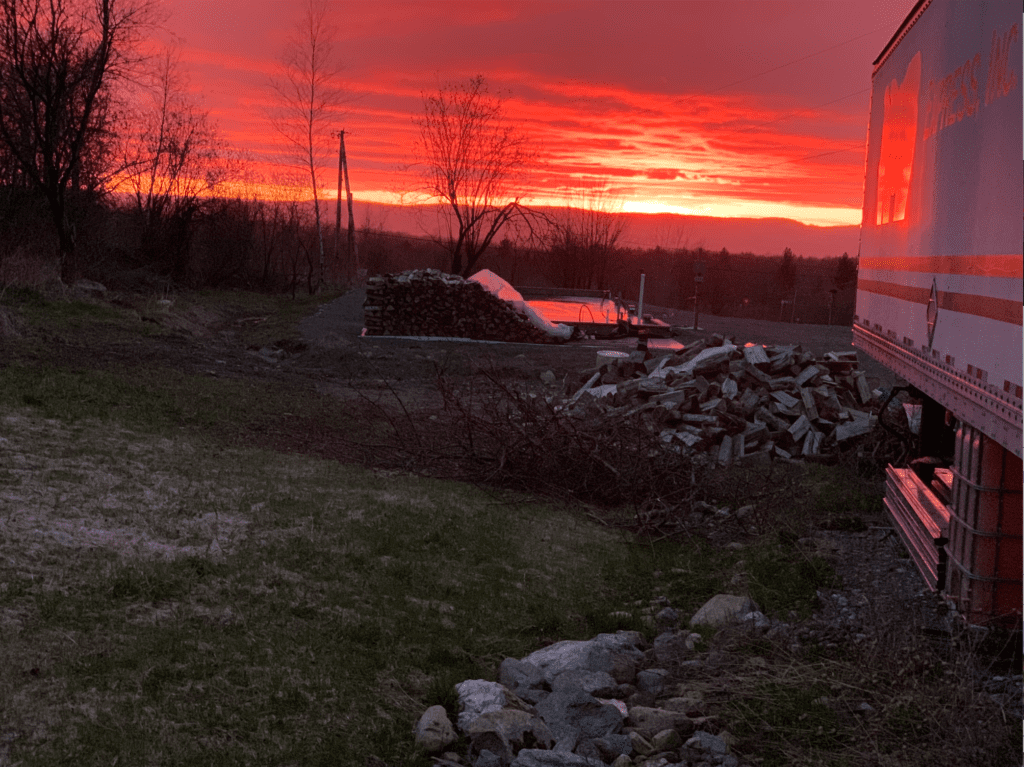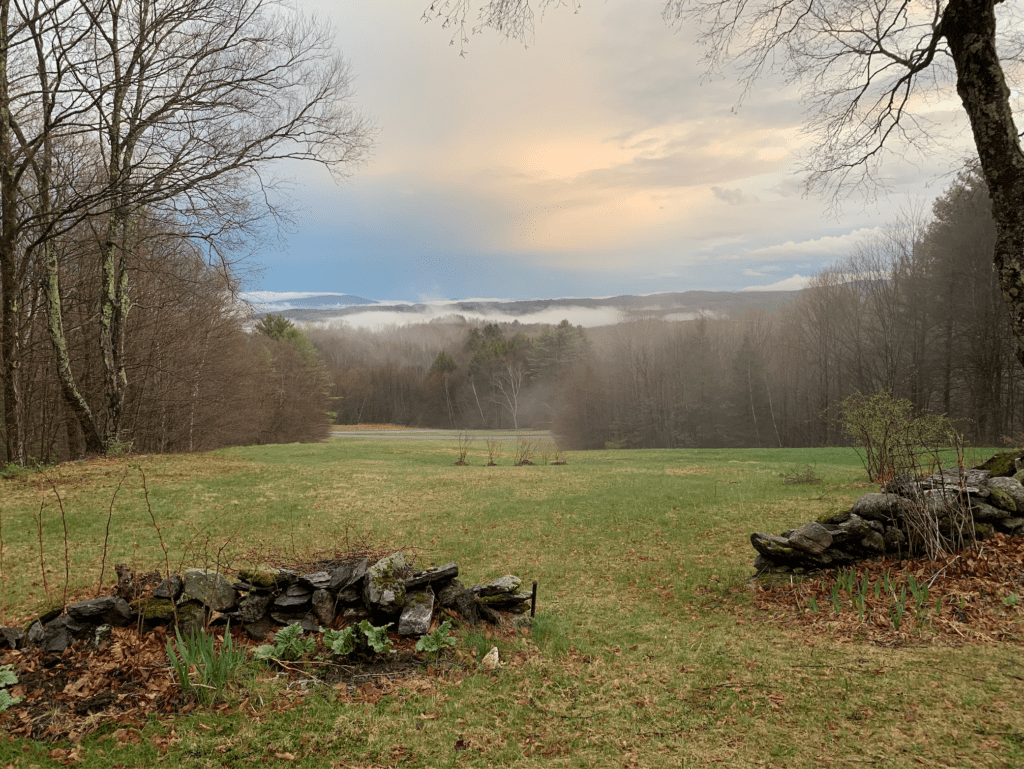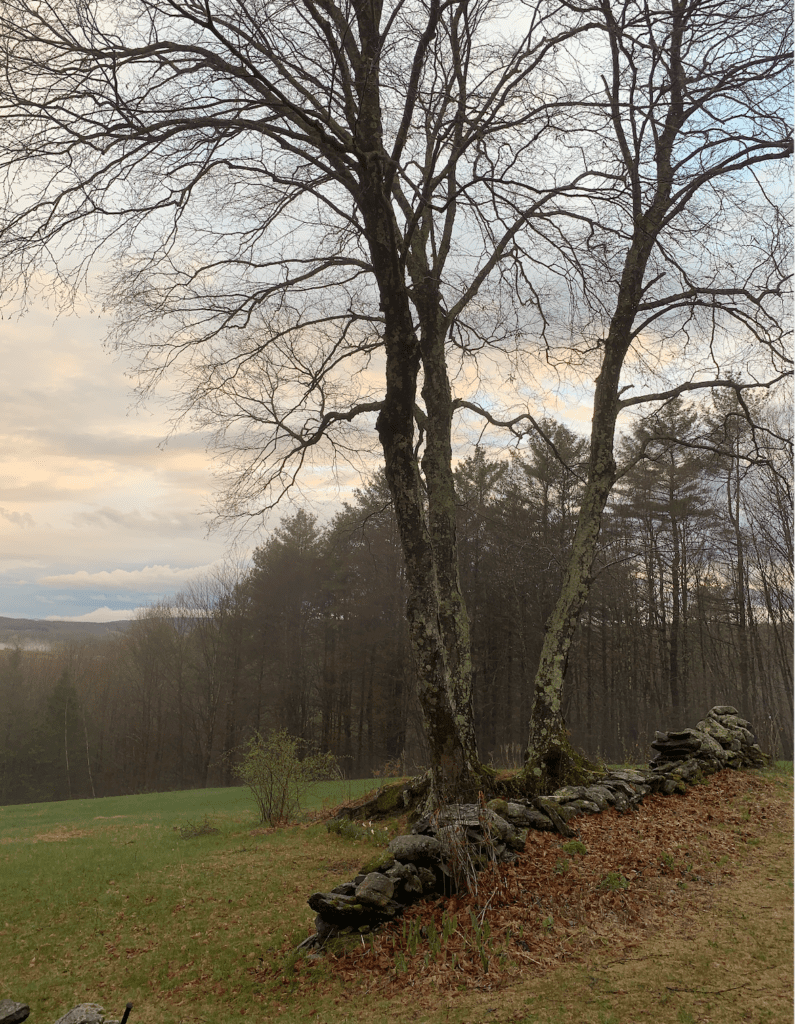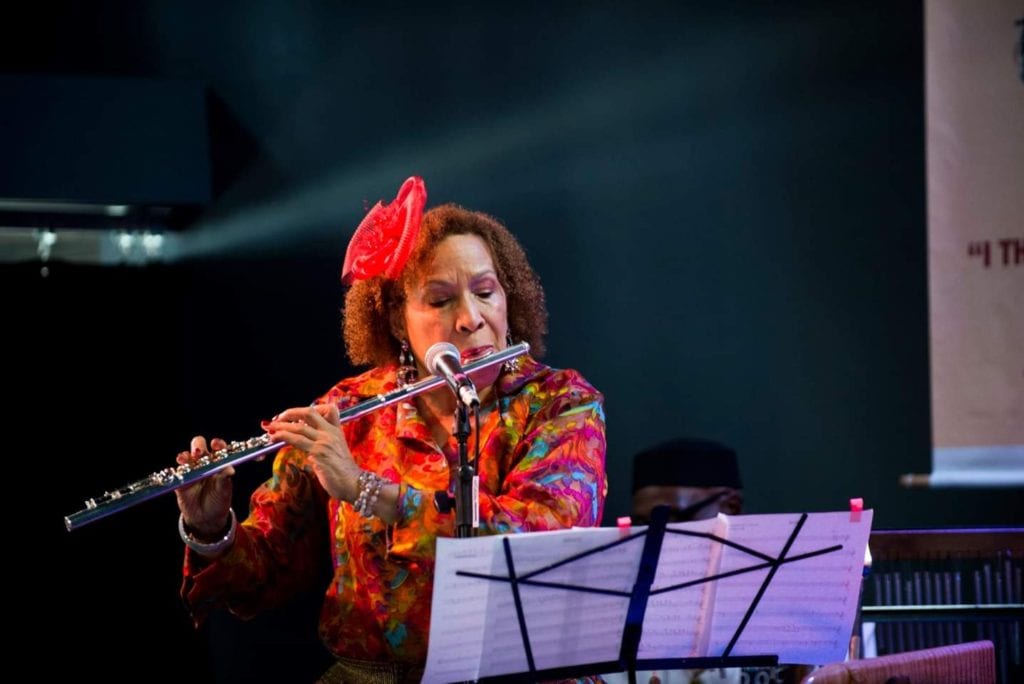
Dr. Margaux Simmons is a composer, flutist, improvisor, and music educator. She studied with Cecil Taylor at Antioch College and Pauline Oliveros and Will Ogden at UC San Diego. She is a founding member of The Pyramids and has traveled, composed, studied and performed music extensively in Tennessee, Ohio, New York, California, Ontario and British Columbia, Canada, France, Holland, Spain, Italy, Belgium, Austria, Denmark, Morocco, Senegal, Ghana, Uganda, Kenya, Ethiopia, Jamaica, South Dakota, and New Jersey. She worked as Professor of Music at Hampshire College, Amherst, MA., 1987 – 2007, and as a Curator of The Museum at Wounded Knee, in South Dakota, Pine Ridge Indian Reservation, 2007-2010. Since 2013 she has worked with the University of Orange, teaching UofO’s longest running community class, Music Theory, and co-directing the Music City project.
When were you a UofO urbanist in residence or teacher? What did you share?
In Jan., 2018, as part of the Music City team, we focused our January activities on listening and sound. We held a seminar on listening where we discussed the importance of the sounds of our city and special places. We also conducted a field trip to the National Museum of the American Indian in NYC where we explored the Native Art in Light and Sound exhibit and we visited Split Rock Prayer Camp on Ramapough Lenape land. We listened to the water there and stories of Lenape history.
What have you learned from UofO? How do you use it in your work?
I’ve learned so much that it’s really difficult to know where to begin. But one of the principal things that I’ve learned is that it is very empowering fundamentally, emotionally and spiritually, to work with like-minded individuals for what we are FOR, and not only for what we are AGAINST. Much can be accomplished by emphasizing, and working toward, what we are FOR.
How/what are you seeing/hearing/tasting where you are?
How do we engage community while we shelter in place?
My concept of community is broad and has been especially broadened by my surroundings as I “shelter-in-place” in the environs of rural, southern Vermont. I include all of my natural surroundings as part of my community: the trees, the birds, other wildlife, the clouds, are all a part of what I consider my community, as well as, Orange, New Jersey. Our communities are made up of living beings that need to be considered in any decisions that are made about the environment in which they are a part. They need certain elements for health and well-being. I keep communications open with this “natural community” just as I do with my community in Orange, NJ, through verbal, visual and spiritual communication (meditation and prayer).
In the face of inequality, how do we build solidarity?
We continue to emphasize and speak out for What We Are For. We continue to speak our truth and address inequality wherever it crops up. And we look for, and make connections with, those that share our truths and aspirations. We are stronger and can accomplish more with like-minded individuals. We are stronger together.
How do you express your love and commitment to your city at this time?
I always keep my city and my surroundings in my mind and in my heart. I pray for the healing of my community through the music that I make.
